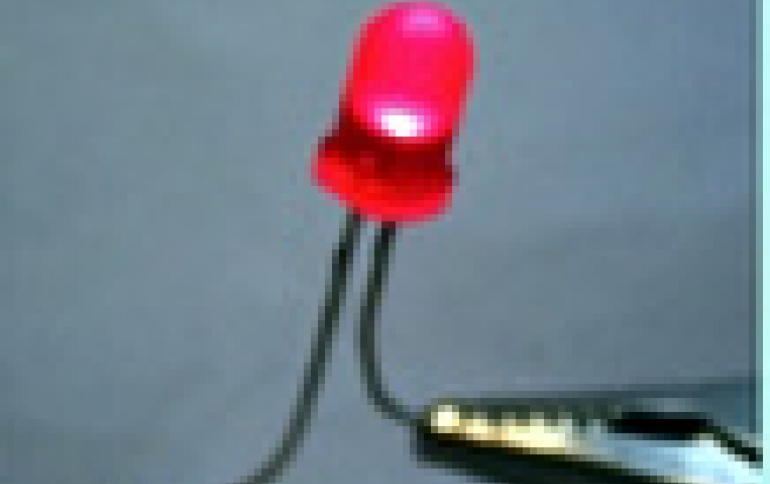
Researchers Develop Electrode That Can Be Used In Stretchable Electronic Devices
Korean researchers have announced a technology that could pave the way for the development of flexible and stretchable wearable electronic devices.
Professor Lee Hyo-young at Sungkyunkwan University, Dr. Kim Yoon-chun, and PhD student Lee Han-rim have successfully developed a high performance, flexible, wire-shaped, and solid-state micro-supercapacitor, made by twisting a Ni(OH)2-nanowire fiber-electrode and an ordered mesoporous carbon fiber-electrode together with a polymer electrolyte.
 They say that the micro-supercapacitor displays a high specific capacitance of 6.67 mF cm-1 (or 35.67 mF cm-2) and a high specific energy density of 0.01 mWh cm-2 (or 2.16 mWh cm-3), which are about 10?100 times higher than previous products. Furthermore, its capacitance retention is 70% over 10,000 cycles, indicating a perfect cyclic ability.
They say that the micro-supercapacitor displays a high specific capacitance of 6.67 mF cm-1 (or 35.67 mF cm-2) and a high specific energy density of 0.01 mWh cm-2 (or 2.16 mWh cm-3), which are about 10?100 times higher than previous products. Furthermore, its capacitance retention is 70% over 10,000 cycles, indicating a perfect cyclic ability.
The researchers demonstrated the technology using two wire-shaped micro-supercapacitors (0.6 mm in diameter, ~3 cm in length) in series, which could can successfully operate a red light-emitting-diode, indicating a promising practical application.
Furthermore, they confirmed the solid-state characteristic of the inner structure of the micro-device.
This micro-supercapacitor may bring new design opportunities of device configuration for energy-storage devices in the future wearable electronic area.
Professor Lee said, "I think that this technology will contribute to the development of stretchable organic semiconductors, such as solar cells and touch screens."
 They say that the micro-supercapacitor displays a high specific capacitance of 6.67 mF cm-1 (or 35.67 mF cm-2) and a high specific energy density of 0.01 mWh cm-2 (or 2.16 mWh cm-3), which are about 10?100 times higher than previous products. Furthermore, its capacitance retention is 70% over 10,000 cycles, indicating a perfect cyclic ability.
They say that the micro-supercapacitor displays a high specific capacitance of 6.67 mF cm-1 (or 35.67 mF cm-2) and a high specific energy density of 0.01 mWh cm-2 (or 2.16 mWh cm-3), which are about 10?100 times higher than previous products. Furthermore, its capacitance retention is 70% over 10,000 cycles, indicating a perfect cyclic ability.
The researchers demonstrated the technology using two wire-shaped micro-supercapacitors (0.6 mm in diameter, ~3 cm in length) in series, which could can successfully operate a red light-emitting-diode, indicating a promising practical application.
Furthermore, they confirmed the solid-state characteristic of the inner structure of the micro-device.
This micro-supercapacitor may bring new design opportunities of device configuration for energy-storage devices in the future wearable electronic area.
Professor Lee said, "I think that this technology will contribute to the development of stretchable organic semiconductors, such as solar cells and touch screens."













